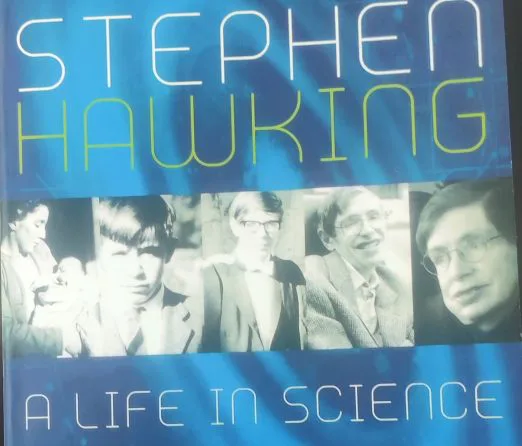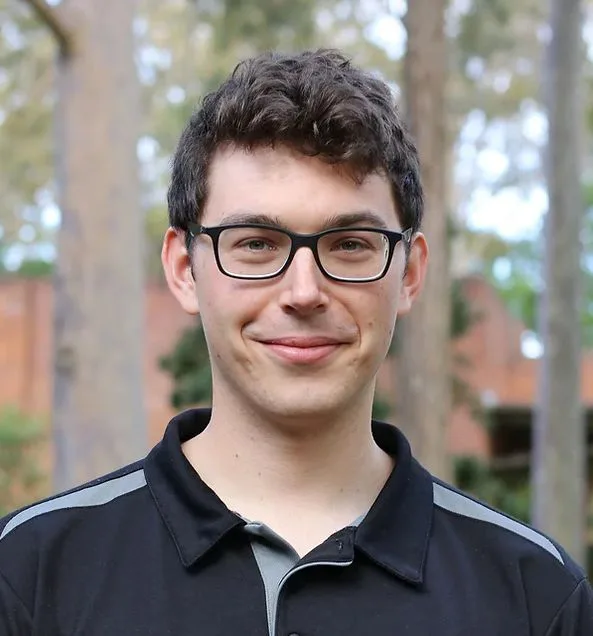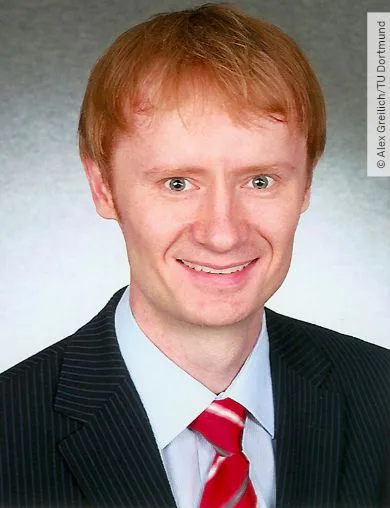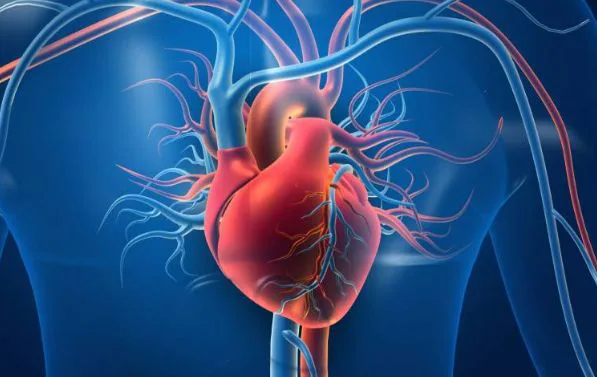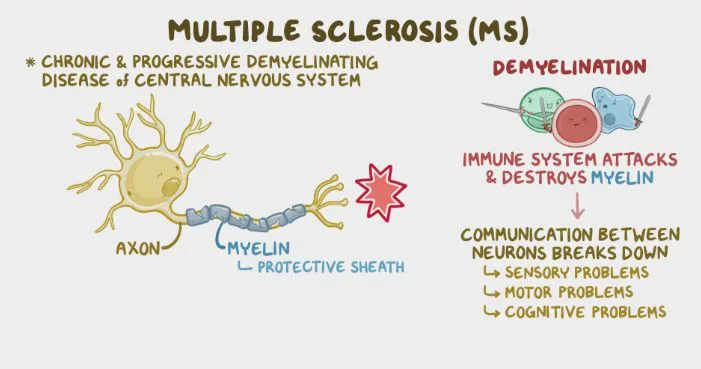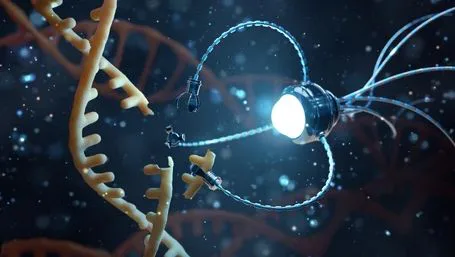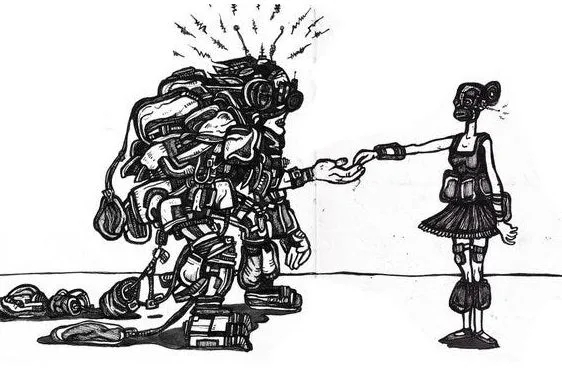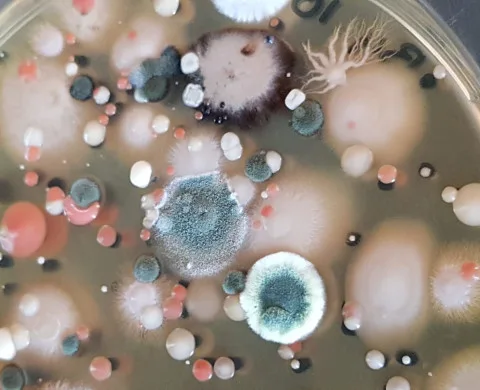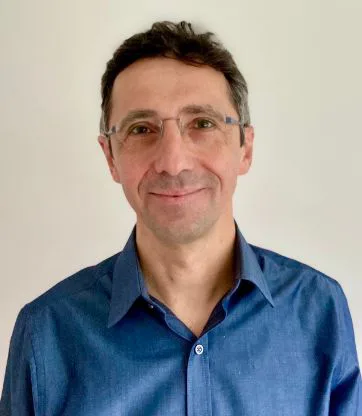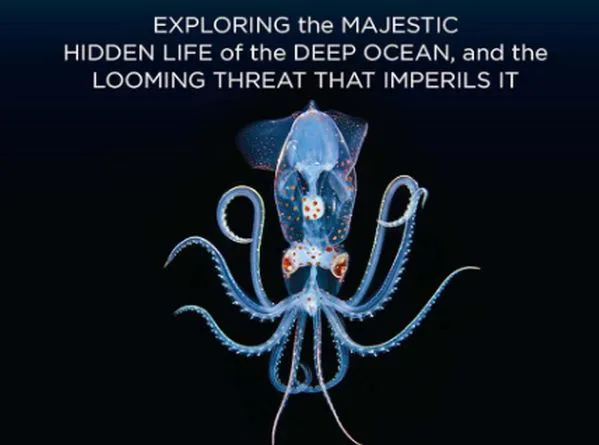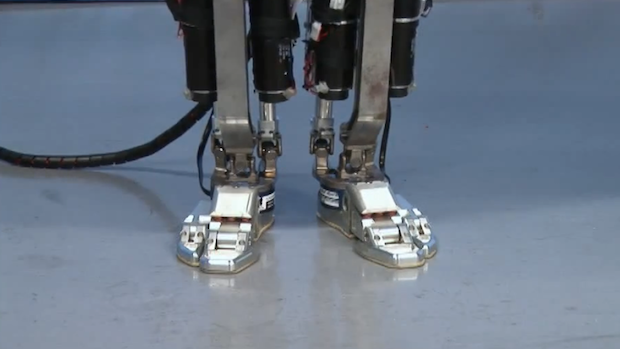Imagine a world where AI computations are not bound by the limitations of traditional power sources, that is, electricity but by the power of light waves. This is precisely the vision that researchers at the University of Pennsylvania have brought to life with their innovative chip design. This innovation will not only enable the chip to fast-track the processing speed of computers but it will also lessen their energy consumption.
Read MoreYear: 2024
Book Review: Stephen Hawking by Michael White & John Gribbin
Michael White and Dr John Gribbin, adept science writers, have masterfully depicted an indomitable genius and an expansive scientific intellect in the book – Stephen Hawking: A Life in Science. It was first published in 1992. As I read the pages of this book, I’m struck by how the writers effortlessly blend clear explanations of Hawking’s scientific achievements with a heartfelt account of his personal life. Their approach allows readers like me to gain a deeper understanding and appreciation for both facets of his remarkable journey. The book recounts how…
Read MoreInterview: Dr. Matthew Bergin, an Experimental Physicist at The University of Newcastle, Australia
I’m thrilled to introduce Dr. Matthew Bergin, a rising star in the world of Organic Electronics research. Armed with a Master of Science degree in Natural Sciences and a Ph.D. in Physics from the prestigious University of Cambridge, Dr. Bergin is making waves with his groundbreaking work at the Centre for Organic Electronics (COE). Dr. Bergin went deep into studying how things work in scanning helium microscopy. He was in charge of creating a better electron ionization mass spectrometer during his Ph.D. research. It’s like he’s breaking new ground in…
Read MoreInterview: Dr. Alex Greilich, an Experimental Physicist at TU Dortmund University, Germany
Meet Dr. Alex Greilich, an experimental physicist who started his journey from Russia to his current endeavors in Germany. Venturing beyond mere theory, he dives headfirst into the intricate world of semiconductor nanostructures and spin dynamics, unearthing remarkable phenomena like time crystals along the way. Collaborating with esteemed institutions such as the Ioffe Institute, (research center within the Russian Academy of Sciences) Dr. Greilich’s work pushes the boundaries of what we know about the universe.
Read MoreHeart Healing: Microenvironment’s Role in Cardiac Recovery
A group of scientists led by James F. Martin, has been delving deep into the intricacies of cardiac function at The Texas Heart Institute. Their objective is to illuminate the innate regenerative potential of the heart. At a global level, the primary challenges associated with heart attacks, also known as myocardial infarctions, stem from unhealthy lifestyle choices and genetic predispositions. Also, surviving a heart attack doesn’t guarantee immunity from severe damage to the heart muscles. The cardiomyocytes are severely affected.
Read MoreBook Review: Blindness by José Saramago
“Blindness” is written by José Saramago. It was first published in 1995. The author is widely regarded as one of Portugal’s greatest literary figures, and his novel “Blindness” stands as a testament to his talent and artistic vision. The book is not written in traditional punctuation and paragraph structures; may be because the writer intended to cultivate a stream of voices that mirror the concept of blindness in its multifaceted manifestations.
Read MoreMK03: Key Player in Multiple Sclerosis Pathway
To achieve a holistic understanding of multiple sclerosis, an international team of scientists led by the Department of Medicine and Life Sciences (MELIS) at Pompeu Fabra University, has devised a computational biology instrument. This innovation also holds potential for probing into other intricate illnesses, like various forms of dementia. Understanding multiple sclerosis is not that easy. It’s an autoimmune condition. In such a situation, the immune system mistakenly attacks the brain and spinal cord. Gaining insights as to why it happens is slightly tricky, as it involves everything, from genes…
Read MoreEvolution of Life’s Molecular Systems: Insights into the Rise of Nanomachines
Researchers at Université de Montréal (UdeM) have made a significant discovery regarding the evolution of molecular systems crucial to the development of life. Through the linking of molecules, they have uncovered insights into the emergence of intricate self-regulating mechanisms. Alexis Vallée-Bélisle, a professor at UdeM and the lead researcher of the investigation, explained that life’s sustenance on our planet stems from myriad nanostructures. These nanomachines have undergone evolution over countless years.
Read MoreBook Review: Harrison Bergeron by Kurt Vonnegut
Writers, let me be more specific, science fiction writers are visionaries. Pick up any sci-fi classic, isn’t the themes and repercussions hint at some kind of inevitability? Every science fiction novel that I have read so far has given us a peek into the future and help us understand where our current choices might lead us. Within this genre, themes and repercussions often serve as cautionary tales or reflections of contemporary societal issues. For me, Kurt Vonnegut is one of the names that fall into the category of absolute literary…
Read MoreBook Review: Never Let Me Go by Kazuo Ishiguro
Lately, I’ve been exploring the dystopian genre, relying on recommendations from Goodreads since I’m not very familiar with it. “Never Let Me Go” by Kazuo Ishiguro is my first foray into his work, and it’s a masterpiece of literary fiction. Interestingly, it also evokes comparisons to my favorite author, Margaret Atwood and Lois Lowry. I’ll delve into that connection shortly, but first, let me share my thoughts on this captivating novel. “Never Let Me Go” is an interesting science fiction novel written by British author Kazuo Ishiguro, published in 2005.…
Read MoreBiofilm Microstructure Could Enhance Pathogenic Infection Control: Microbial Ecology
Generally, bacteria are envisioned as tiny, single-cell organisms scattered thinly on surfaces or floating in liquids. However, in various settings, bacteria prefer to grow in clusters known as biofilms. The formation of biofilms provides certain advantages to bacteria. In these clusters, bacteria can collaborate and create a protective environment that enhances their survival and growth. Biofilms, while aiding in kombucha tea production, present a challenge by complicating the control of bacterial growth. When bacteria form a biofilm, it acts like a protective shield, making the cells resistant to antibiotics.
Read MoreInterview: Professor Roberto Maiolino, an Astrophysicist at Cavendish Lab, UK
I am honored to introduce Professor Roberto Maiolino, an esteemed figure in the field of Experimental Astrophysics. Currently holding the position of Professor at the Department of Physics (Cavendish Laboratory) and the Kavli Institute for Cosmology, University of Cambridge, Dr. Maiolino also serves as an Honorary Professor at University College London and holds the prestigious title of Royal Society Research Professor. With a primary focus on the exploration of galaxy formation and the evolution of supermassive black holes, Professor Maiolino employs a diverse array of observing facilities to unravel the…
Read MoreBook Review: The Brilliant Abyss by Dr. Helen Scales
“The Brilliant Abyss: Exploring the Majestic Hidden Life of the Deep Ocean and the Looming Threat that Imperils It” is an awesome work by Dr. Helen Scales. The book was first published in 2021. Dr. Scales is a distinguished marine biologist, accomplished writer, and captivating broadcaster. With an impressive repertoire of books exploring the wonders of the ocean, including the Guardian bestseller “Spirals in Time” and the New York Times top summer read “The Brilliant Abyss,” Dr. Scales has established herself as a leading voice in marine literature.
Read MoreElectron Dance: Creating Robust Continuous Time Crystals
Researchers at TU Dortmund University have achieved a breakthrough by creating a remarkably resilient time crystal. It exceeds the temporal stability observed in previous trials by millions of times. This accomplishment not only validates a captivating phenomenon proposed by Nobel Prize laureate Frank Wilczek approximately a decade ago but also echoes themes that have fascinated science fiction enthusiasts. The intriguing findings have been officially documented in the prestigious journal Nature Physics.
Read MoreBiohybrid Bipedal: Muscle-Powered Two-Legged Robot
Unlike robots, our bodies are super flexible and can make delicate moves effortlessly. Components like muscles, joints, and nerves work in tandem and allow us to make precise and delicate movements with ease. Robots, on the other hand, rely on rigid structures and predefined movements; in contrast, our bodies can adapt and respond dynamically to various situations.
Read More

